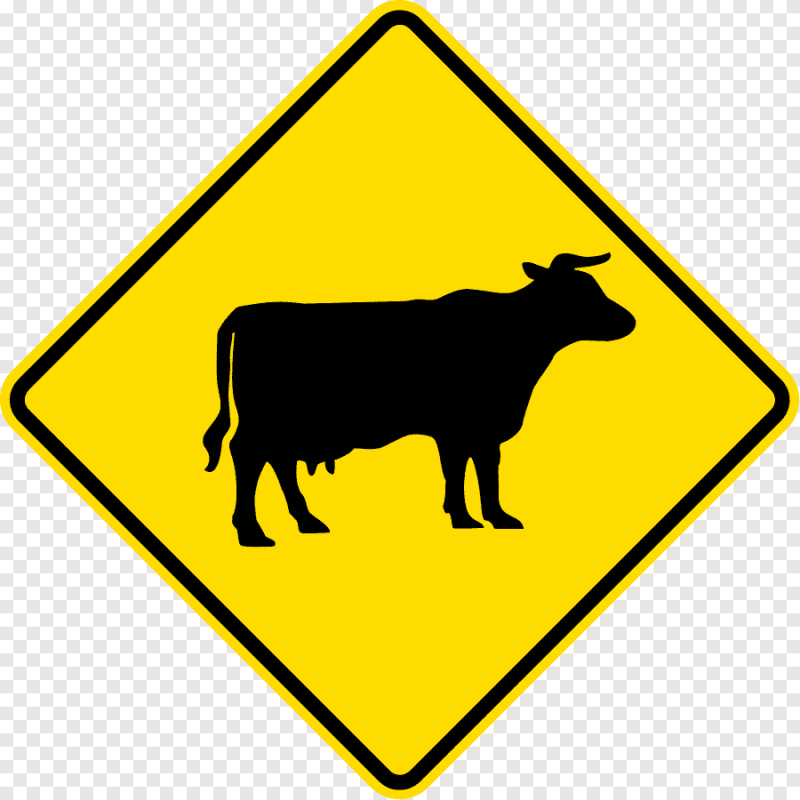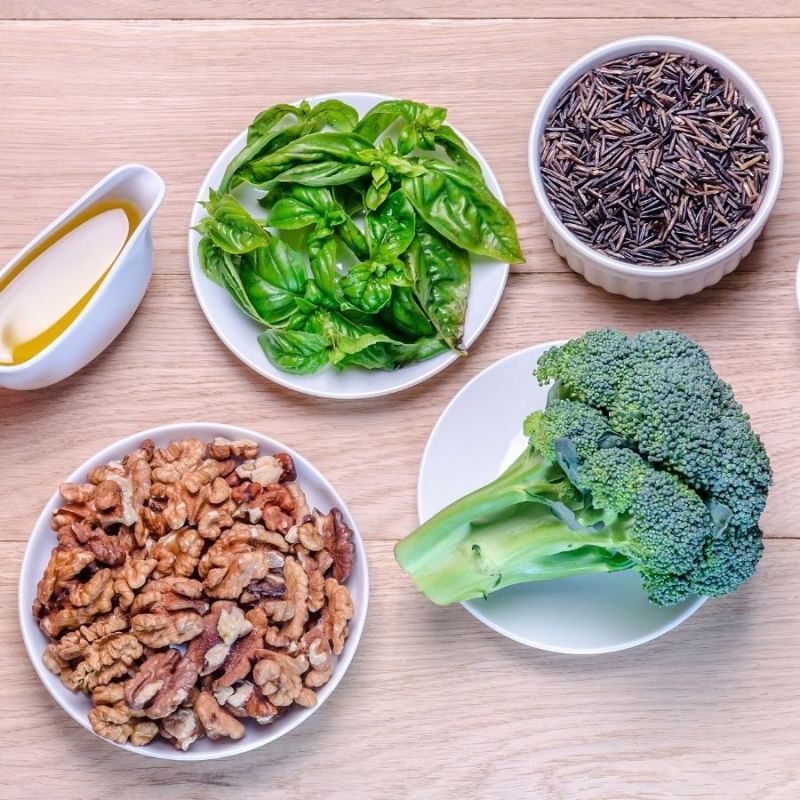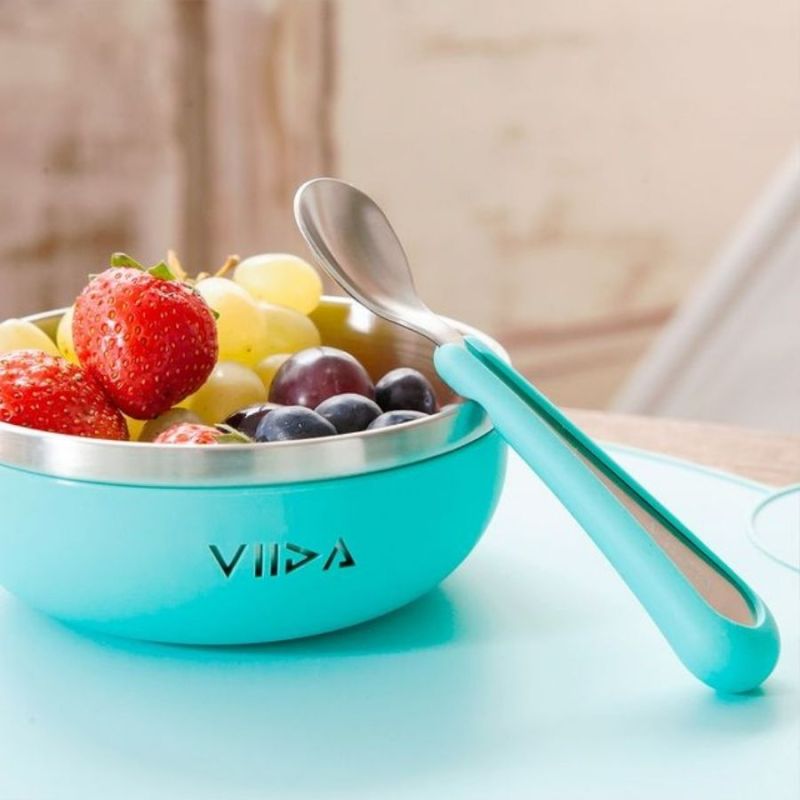What’s in your child’s lunch box? Is it impacting the earth in good or bad ways?
As a parenting coach I look at every moment that I’m with my child as a chance for learning. Whether this be my learning from them, or them learning from me – I am aware of the preciousness of each moment.
So if the focus is on raising an eco-conscious child then every small thing we do for our children is an opportunity for growth – and when we pack their lunch boxes this is no different. If you get them to help you make decisions about what goes in their lunch box – even better! Get them involved and have some fun in the kitchen!
The more involved they are in the decision making process, the more likely they are to eat what you pack together too. It’s a win-win all around.
1. Are you using processed and packaged foods that are created by marketers to appeal to excitable children, and busy parents?
Tiny yogurt pots, prepackaged nuts and raisins, cheese sticks, etc. are so easy to throw in, but what cost are they having on the planet? So many hours have gone into developing packaging that children will find appealing – be it bright colours, or cartoon animals on the fronts of the packets. This ensures these companies will sell more of these products to you and your children. Remember you vote with your money. Every time you buy something you are supporting that company and how they choose to do business.


There are lots of ways to help save on packaging – and save money too, because as I’m sure you’ve noticed, these little prepackaged “delights” are usually much more expensive by the gram than their bigger counterparts. So for example, a litre of yogurt will work out much cheaper than the little pots if you work out the price per gram or millilitre. A way to save on wasteful environmentally-harmful packaging is to buy little pots to pour yogurt into from the bigger carton and pop in your child’s lunch box. Simply drop in a reusable spoon and you’re all set! These can be washed and used over and over again. Same thing goes for decanting nuts and raisins from larger bags into smaller pots.
2. What protein sources are you packing for your little ones?
Children need protein to help them grow, but did you know that there is a big difference environmentally in the proteins we consume?

When beef is produced it takes 15400 litre of water per kg. Another reason to cut back on red meat is also that beef releases a lot of methane, which is a climate change culprit.

This is a big difference to 4055 litres/kg for pulses and 322-387 litres/kg for vegetables. There are lots of recipes that use beans, pulses, nuts and other sources of protein.
Decreasing red and processed meats can also have health benefits for you and your family as the World Health Organisation (WHO) classified these meats as class 1 carcinogenic. Switching to plant-based alternatives can reduce the red meat and processed meat in your child’s lunch box.
3. It’s time to switch and ditch the throw-away items in your child’s lunch box.
Anything that is used once and then discarded is typically bad for the environment. Plastic straws can be replaced with reusable metal ones, aluminium foil can be switched with bees wrap, and plastic cutlery to wooden reusable cutlery. And have you tried the on the go silicone ziplocks?


4. Say no to plastic.
Plastic is bad, not only for the environment but also for your young ones. Certain plastics inject toxins in your baby’s diet, which in turn affects their healthy development. Why is plastic used then? Well, plastic is cheap, easy to mass produce and can be easily molded into fun designs with bright colours compared to metal or glass. Though metal ones may not be as fun or colourful in the short term as the plastic ones with cartoon characters on, they also will not go out of style as soon as your child’s interests change. They will remain neutral, fashionable and won’t need replacing as frequently. Another great option is bamboo and silicone!

5. Shop Local.
When you shop produce that is local, it is fresh and has all it’s nutrients intact. If you buy food that’s grown locally, you’re not only supporting your own community, but you’re also reducing the carbon footprint of your food by cutting down on the distance it’s shipped.
6. Meatless Mondays
A good way to cut down meat consumption is to go meat free on one day of the week. It’s a great starting point, and it helps children to get started on the thought that meat consumption is not ideal.


7. Get your kids onboard!
When you get your children into the kitchen with you or bring them to the supermarket and start to speak about these topics, you are creating awareness in their minds. You cannot underestimate the importance of this SHIFT in mindset and the awareness that comes with it. Once we open our children’s eyes to these things they can’t ever really be closed again. Get creative with ideas that come from them.
So go have some fun cooking and prepping together. The more fun it is, the more likely they are to want to join you again.
Happy prepping!
Camilla Gammelgaard-Baker is Parenting Coach and Psychodynamic Counsellor working with clients all over the world. With a background in psychology and with 20+ years experience of working with families, she is known for her work with Mothers to overcome self-doubt and burn-out. She currently lives a very eco-friendly life in Denmark with her husband, son, cat and dog.
